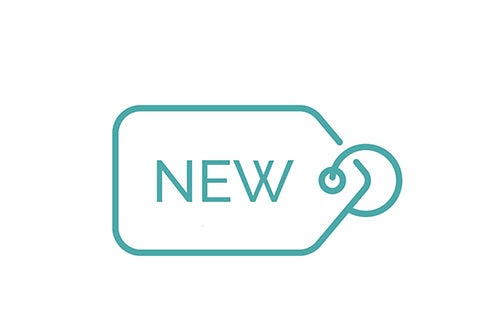Rebozo Sifting in Pregnancy

The word rebozo is translated into English as ‘shawl.’
In the Mexican culture, a rebozo is used for many different reasons, with pregnancy being one of the most popular. But what exactly does a shawl have to do with making pregnancy and labor easier?
Rebozo Sifting During Pregnancy and Labor
The techniques using a rebozo during pregnancy and birth can be performed with any large piece of fabric 72”-100” long and 29” wide, but some women choose to invest in a beautiful, true Mexican shawl.
Rebozo sifting is the act of relieving a mother’s aches, pains, and intensity of contractions in labor by shifting the abdomen or hips from side to side while lifting the weight of the uterus off of the mother.
Midwives and doulas may carry a rebozo with them to births, or you can provide them with one, as you will love it throughout late pregnancy – not just during labor!
According to BirthingBasics:
- You use the Rebozo to lift your baby, helping relieve your back discomfort The abdominal lifting of the Rebozo helps your baby’s head become better positioned in your pelvis
- The baby’s head (now better applied in your pelvis) rubs against your cervix which causes a release of endogenous prostaglandins. (Same thing that membrane stripping and intercourse does, but without the invasive membrane sweep)
- The release of endogenous prostaglandins causes some Braxton-Hicks contractions which can cause cervical softening, dilation
- helps you relax in-between contractions (to some women it feels like they are being swaddled, and gently hugged
- relaxes tight ligaments during pregnancy and in labor
- helps rotate baby’s body into an optimal position and helps “drop the baby into the pelvis,” especially if you have had more than one pregnancy
- provides back-pain relief
- helps realign the pelvis in a way that helps your baby move further down (or realigns the baby into the pelvis to help your baby move further down)
- helps provide a tool for comfort
- gives moms different pushing /positioning options for 2nd stage of labor
When not to use the rebozo (according to SpinningBabies):
- Avoid sifting with the Rebozo when there is a threat of miscarriage, such as signs of bleeding or low cramping in early pregnancy, history of multiple mid to late pregnancy miscarriages or losses in past pregnancies.
- When the round ligaments are tight or cramping in mid or late pregnancy, the Rebozo wouldn’t be dangerous to the baby, but could make the mother’s round ligament spasm. So, do only a lift and very gentle and slight rocking. Otherwise you might “set off” a round ligament spasm which hurts. If the mother isn’t getting these spasms, you are not likely to set them off with the Rebozo.
- Do not perform vigorous or even moderate sifting with the Rebozo or a Rebozo substitute against an anterior placenta. This warning is intuitive, I know of no research on this. Early in pregnancy we wouldn’t know the placenta is anterior but before 12 weeks the uterus is low enough for placental location not to matter. I believe Rebozo use would be ok if done gently without jerking. Mid to late in pregnancy I want to be careful and mindful with an anterior placenta
- Do not use the Rebozo for repositioning the baby through force, jerking one end or flipping the abdomen in the direction you want baby to go. Typically, this may not be harmful, but occasionally baby’s head and body are at 180 degree difference and this jerking of the Rebozo against the mother may jerk the baby the wrong direction.
Featured Articles
Christmas Gift Ideas for New Moms (or moms-to-be)
Experience Gifts and How to Wrap Them
The One Item You Need for Your Winter Baby




















